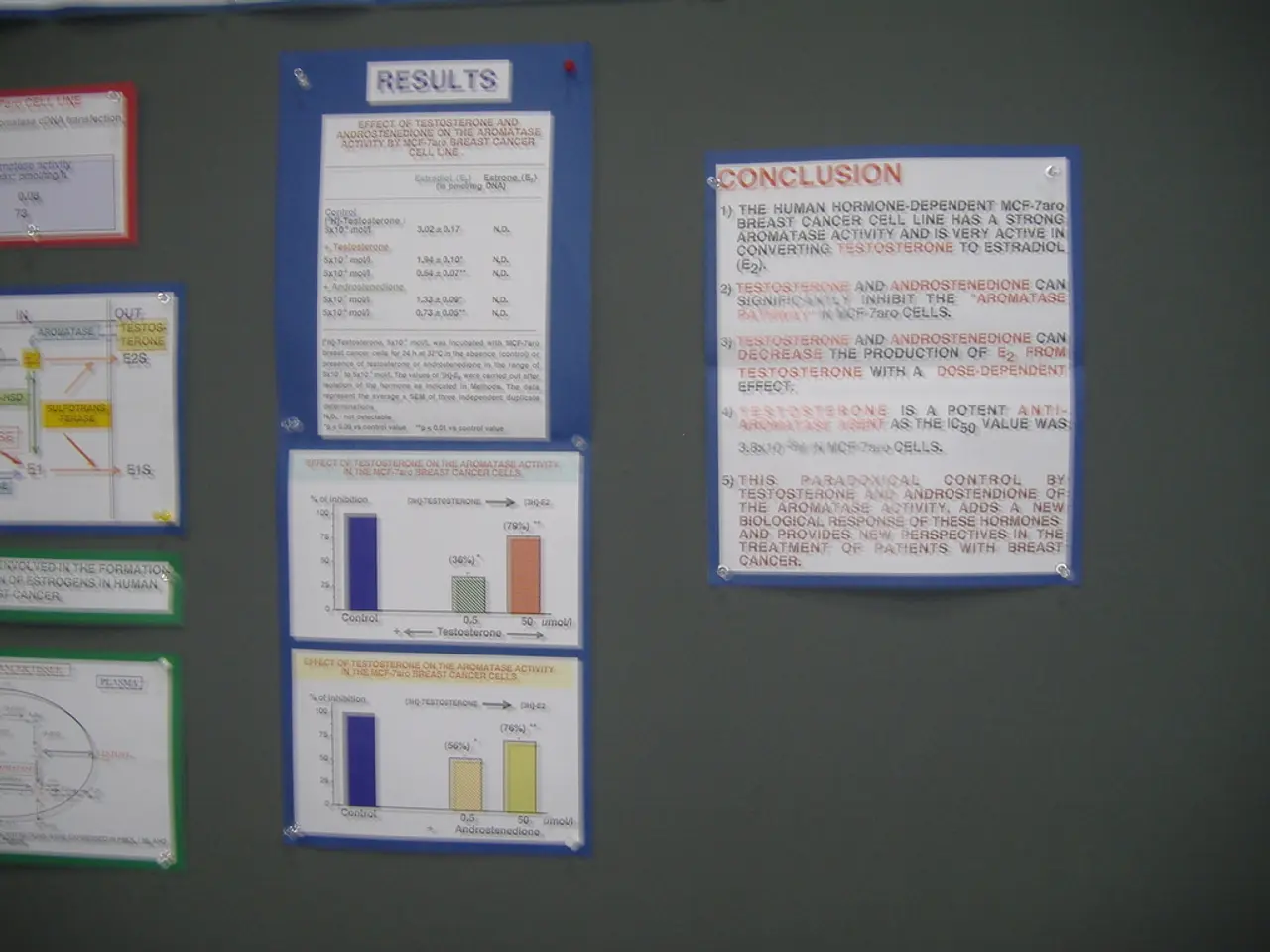Straightforward Strategies for Simplifying Financial Administration
Managing your finances can often feel like a daunting task, but with a few simple steps, you can take control and work towards financial stability. Here's a comprehensive guide to creating a simple and effective budget that will help you manage your money more efficiently.
Calculate Your Net Income
The first step is to determine your total take-home pay after taxes from all sources, including salary, freelance work, and investments. Track this monthly to find an average if your income varies. This will give you a clear picture of how much you have to work with each month.
List Your Expenses
Next, list all your expenses. Separate them into fixed expenses (like rent, loan payments), variable or flexible expenses (such as groceries, dining out, and entertainment), and non-monthly expenses (like insurance) which you can prorate monthly for budgeting ease.
Set Realistic Financial Goals
Decide what you want to achieve with your budget, such as paying off debt, saving an emergency fund, or investing for the future. This will help prioritize your spending.
Choose a Budgeting Strategy
A widely recommended method is the 50/30/20 rule: allocate 50% of your income for needs (housing, utilities, groceries), 30% for wants (dining out, entertainment), and 20% for savings and debt repayment.
Create Your Budget
Allocate your income according to your expenses and goals, ensuring your income exceeds expenses to avoid debt.
Review and Adjust Regularly
Budgets are not static. Check monthly to track spending, identify overspending, and adjust for any life changes (like job shifts or new expenses).
Use Tools to Help
Budgeting apps, spreadsheets, or even paper and pen can organize and simplify tracking income and expenses.
Additional Tips
- Prioritize building an emergency fund covering about six months of expenses to prepare for unexpected costs.
- Pay off any high-interest debts first to reduce your financial burden before committing to savings or investment strategies.
- Leaving a little wiggle room in monthly budgets can help manage unexpected costs more effectively.
- Small changes in spending habits can lead to long-term financial improvements.
By following these steps, you establish clear visibility of your finances, control spending, and create a path toward achieving financial stability and goals. This guidance is based on recent, reliable sources from financial experts and institutions in 2025.
- Develop a personal-finance strategy that incorporates patterns such as the 50/30/20 rule, enabling you to effectively manage your debt and prioritize saving, hence enhancing your financial stability.
- Recognize the importance of saving and debt management in your personal-finance budgeting process, focusing on building an emergency fund and paying off high-interest debts first to achieve financial freedom.
- Implement regular reviews and adjustments of your budget, utilizing tools like budgeting apps or spreadsheets, to maintain financial stability and make necessary changes as circumstances evolve.




